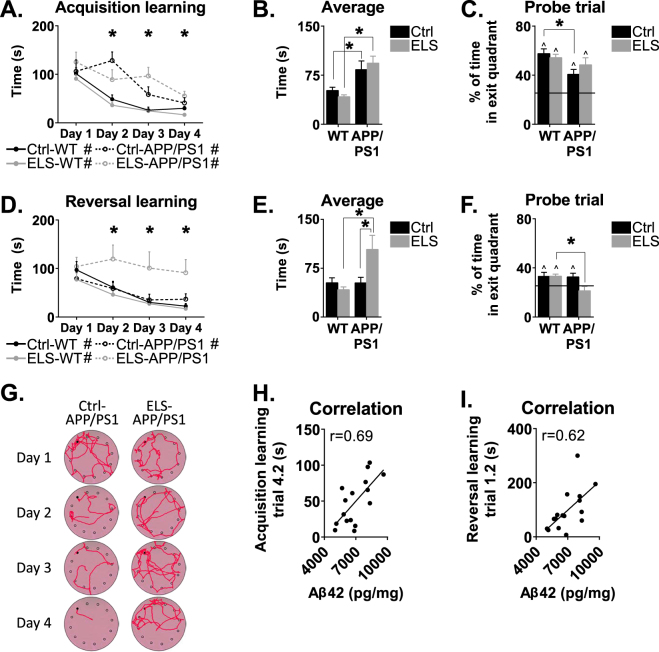Fig. 3. Barnes maze performance of 12-month-old WT and APPswe/PS1dE9 mice.
a Acquisition learning was significantly slower in APPswe/PS1dE9 mice compared to WT mice on days 2, 3 and 4. All groups showed a significant learning curve over the trials. b The average time to locate the exit hole was higher in APPswe/PS1dE9 mice, with significant post hoc differences between Ctrl-WT and Ctrl-APPswe/PS1dE9 mice, and between ELS-WT and ELS-APPswe/PS1dE9 mice. c On the probe trial, Ctrl-APPswe/PS1dE9 mice performed significantly worse than Ctrl-WT mice. d During reversal learning, there was a significant difference between the groups on day 2, 3 and 4 in the latency to find the exit hole. Overall, all groups showed a significant learning curve, except for ELS-APPswe/PS1dE9 mice. e The average time to locate the exit hole was higher in the ELS-APPswe/PS1dE9 mice compared to Ctrl-APPswe/PS1dE9 mice, and compared to ELS-WT mice. f On the probe trial, ELS-APPswe/PS1dE9 mice were the only group that did not spend more than 25% of the total time in the exit quadrant. g A typical search pattern of APPswe/PS1dE9 mice reared under control (left) or ELS (right) conditions. h Performance on the final trial during acquisition learning of the Barnes maze correlated significantly with Aβ42 levels (r = 0.69, p < 0.05). i Performance on the second trial of reversal learning of the Barnes maze correlated significantly with Aβ42 levels in APPswe/PS1dE9 mice (r = 0.62, p < 0.05). N = 8–18 mice/group. * indicates a significant post hoc Tukey test. # indicates a significant learning curve over the days. ^ indicates significant performance compared to chance level

